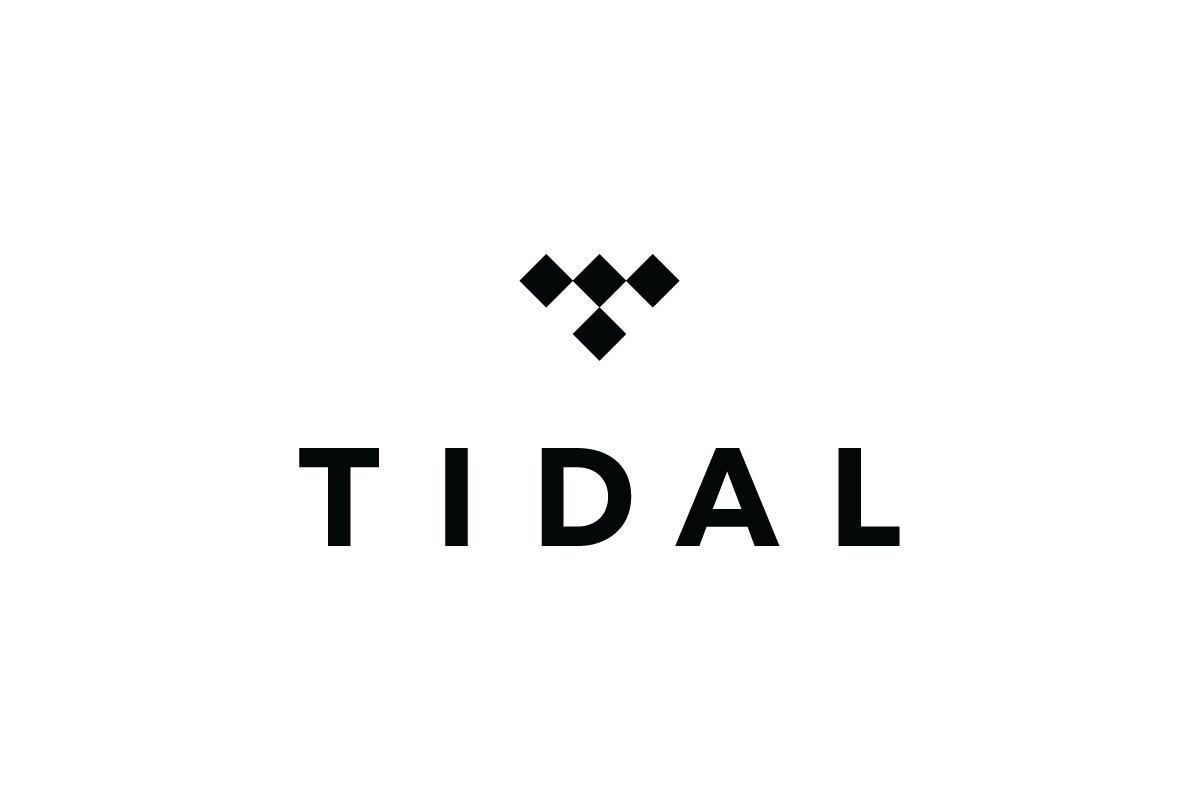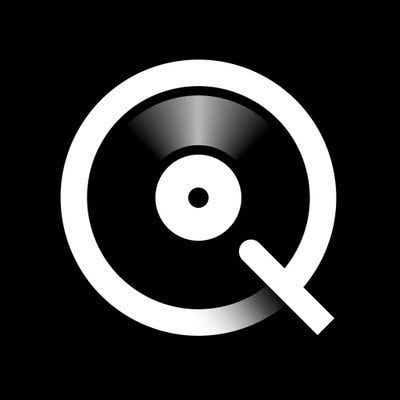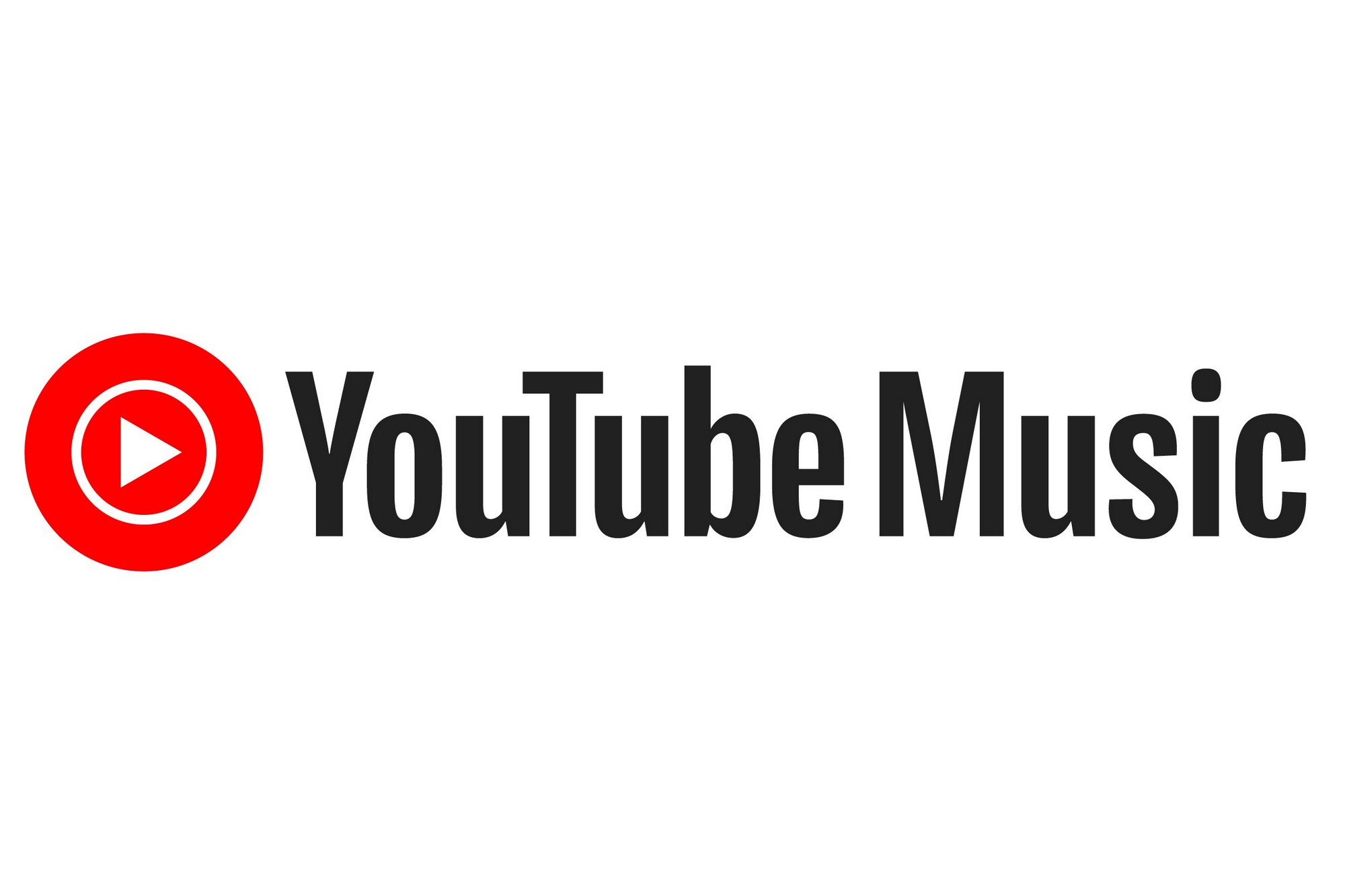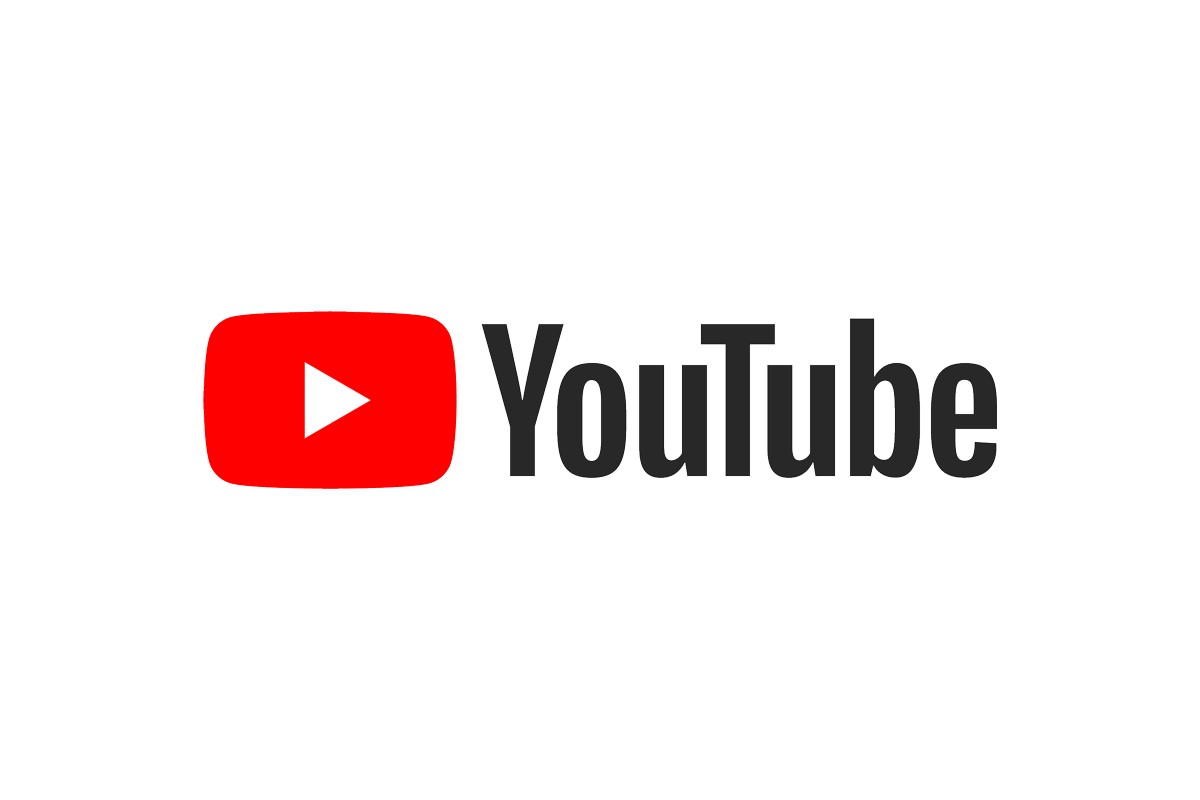Donations Make us online
Streaming music is probably your best entertainment value. The top services offer vast and—with one notable exception—almost identical catalogs that give listeners access to a huge chunk of recorded music history. And you’ll pay substantially less than what you fork out for streaming video services like Netflix, Amazon Prime Video, or HBO Max.
The music catalogs that make up the raw materials for these services might be the same—again, with one exception—but audio quality and user experience differentiate the major players from each other. If you haven’t already picked one, our in-depth reviews will help you choose. If you have, you should know that a lot has changed in the past couple of years—it might be time to reconsider.
To help you decide, here are our top picks according to listener type. Scroll down further and we’ll explain how we evaluated each service, provide links to our reviews of the services that didn’t make the cut, discuss how artists fare in this new world of music listening, and–because streaming royalties are a pittance for most musicians–show how you can reward your favorite artists for their work.
Updated April 12, 2023 to link to our Apple Music Classical review.
Best music streaming services
Apple Music — Best music streaming service for most listeners
Pros
- All titles stream in CD quality or better
- Curated playlists and genre recommendations display an intense commitment to a variety of music
- An outstanding value, especially when bundled with other Apple services
Cons
- Personalized recommendations don’t exhibit the same attention to quality as the rest of the service
- Spatial audio isn’t always the best way to listen to a particular album. It’s on by default and not easy to turn off
Price When Reviewed:
Apple Music: $10.99/mo; Apple Music family plan: $16.99/mo
Apple Music now at minimum offers lossless, CD-quality streams of its catalog for $10.99/month. For listeners with access to the hardware to decode it, there are plenty of titles that stream at higher resolutions, up to 24-bit/192kHz.
The service features highly curated pages in almost any genre you can imagine and, if you bundle Apple Music with other services like Apple TV+, Apple Arcade, Apple News, and Apple Fitness, your monthly costs will be the lowest for high-quality, on-demand music streaming.
Read our full
Apple Music review
Tidal — Best music streaming service for explorers

Pros
- Outstanding music curation with a strong point of view
- High-resolution–and MQA–streams sound great
- Tidal pays a monthly bonus to the most-streamed artist on its HiFi Plus Plan
Cons
- Tidal’s HiFi Plus tier is more expensive than any major service
- MQA encoding has its detractors
Price When Reviewed:
Tidal HiFi $9.99/mo; Tidal HiFi Plus $19.99/mo
If you’re the kind of person who wants to know precisely which musicians, producers, and engineers contributed to the music you’re playing, Tidal is the first streamer to really attempt to surface all the hidden metadata in its music and use that information to improve its product.
Its MQA high-resolution streams don’t have the same technical specifications as its competition, but in practice, Tidal sounds just as good as Qobuz or Apple Music—and some will argue it sounds better. The music recommendations in the app are based more on editorial taste than machine learning, and that difference will mean a lot to some music fans.
Read our full
Tidal review
Qobuz — Best music streaming service for audiophiles

Pros
- Best-in-class sound quality
- Outstanding curation
- Much-improved software
Cons
- Less emphasis on current hits. (This might not be a con)
- No support for Dolby Atmos or Sony 360 Reality Audio (ditto)
Price When Reviewed:
Qobuz Studio Premier: $12.99/mo or $129.99/year; Qobuz Studio Sublime: $179.99/year
Qobuz has built a following among serious music listeners with its lossless and high-resolution streaming options, and its integration into an array of high-end home audio streaming devices.
When compared head-to-head with the same tracks from Tidal and Apple Music, the Qobuz streams sound ever-so-slightly better. Qobuz is 100-percent committed to high-res digital music, and recent improvements to its search function and artist pages have brought its service up to the same level as the competition. If you’re looking for a less corporate streamer, check out Qobuz.
Read our full
Qobuz review
YouTube Music Premium — Best music streaming service for bootleg collectors

Pros
- So much live and rare music to discover
- A true bargain when included with an ad-free YouTube Premium subscription
Cons
- No lossless streaming
- Can be very difficult to search for specific music
- YouTube pays the lowest royalty rates to artists and rights holders
Price When Reviewed:
$9.99/mo or $99.99/year; Family Plan: $14.99/mo; Student plan: $4.99/mo. Included with YouTube Premium plans: $11.99/mo or $119.99/year; Family plan:: $17.99/mo or $119.99/year; Student plan:: $6.99/mo
YouTube Music Premium doesn’t offer lossless streaming. On a computer, you must access the service through a browser, because there’s no desktop app. In spite of those issues, YouTube Music Premium offers a unique feature that no other service will ever be able to match: Subscribers can listen to and make playlists from any song that’s streaming on the YouTube video site.
Regular YouTube users know that the service is home to millions of alternate takes, live performances, and songs that might never be cleared for a standard streaming catalog. If you’re looking for obscure, easy-listening classics, independent hip hop from the 1980s, poorly distributed punk rock 45s from the 70s, or underground 60s rock from behind the Iron Curtain, YouTube Premium is a goldmine.
Read our full
YouTube Music Premium review
YouTube — Best music streaming service for thrifty listeners

Pros
- It’s free
- You can play songs on demand or add them to playlists
- YouTube runs in the background when streaming on a browser with a laptop or desktop
Cons
- It’s free because there are ads
- When streaming on mobile devices, the YouTube app must be active
Price When Reviewed:
Free
Several streaming services offer a free listening tier, but their ad-supported options come with restrictions that prevent on-demand listening. If you’re looking for a no-cost option that doesn’t come with required shuffle play or doesn’t limit your listening to pre-made playlists, YouTube is the answer. That’s YouTube the video streaming site, which is loaded with millions of tracks that you can play on demand or add to playlists in any order you want—provided you’re willing to tolerate the site’s advertising.
The only hitch for mobile users is that the YouTube app must be active to stream on the free tier. Use it in a browser on a desktop and you can go about your business with the YouTube window in the background.
Where’s my favorite music streaming service?
Don’t see your favorite streaming service listed above? Rest assured, we’ve probably reviewed it—and found it wanting.
With its massive user base and impressive music recommendation engine, you might have expected our Spotify review to place it higher on our list. Well, almost every other major streaming service now offers lossless—or better—streaming, so Spotify’s audio quality is no longer up to snuff. Our Deezer review led to the same conclusion.
Our Amazon Music Unlimited review brought that service closer to making the cut, but it just isn’t as plugged into the contemporary music scene as our top picks. Finally, our Apple Music Voice review, by Jonathan Takiff, revealed that service to be a good value, but it comes with too many restrictions: For starters, it’s an iOS-only service; you can’t use it with Alexa, Android, Google Assistant, or Sonos.
How we test music streaming services
For Bluetooth wireless listening, I used Beats Studio 3 over-ear headphones, Apple AirPods Pro, and Astell&Kern’s excellent new AK UW100 earbuds. Results were consistent across each streaming platform with each headphone.
For high-resolution streaming, I used a 2021 MacBook Air with an M1 chip and an iPhone 13 Pro Max. I used both a Dragonfly Red and an iFi hip-dac2 as a DAC (digital-to-analog converter), connecting the to the iPhone using the standard workaround with an Apple Lightning to USB 3 Camera Adapter. I used Focal Celestee over-ear headphones for all my high-resolution listening.
The music streaming business
Since approximately 70 percent of your subscription dollar is passed through to music publishers and copyright holders, all music streamers are operating on thin margins. The advantage that Apple, Amazon, and Google-owned YouTube enjoy is that music is only one of their revenue streams, so their success doesn’t depend on profits gleaned from streaming music. They might even be using their music streaming services as a loss leader.
Spotify has looked for ways to compete with these deeper pockets since the company went public. Their moves into podcasting and content creation have created controversies that have already had some negative impact on their image and business, as several artists and podcasters have removed their work from the platform.
Tidal, Qobuz, and Deezer are music-only companies. They’re still corporate entities looking to turn a profit, but they’ve staked out a position where success or failure is based entirely on their ability to deliver a quality listening experience. If you have issues with the big companies in the streaming world, you can consider those services as genuine alternatives.
Compare music streaming to movie and television services. If you subscribed to Netflix ($15.49), Disney+ ($8), Prime Video ($8.99), HBO Max ($14.99), Paramount+ ($4.99), Apple TV+ ($4.99), Hulu ($6.99), Peacock ($4.99), Showtime ($10.99), Criterion Channel ($9.99), Starz ($8.99), and Epix ($5.99), you’d be at just over $105 per month and still have just a sliver of all the movies and shows available to rent or buy in digital format. And that’s not even counting the live TV content you can’t get with just a TV antenna.
Ethical music streaming
The overwhelming majority of streams at all the music services are from a handful of current hit acts. If you’re an artist at the top of the charts—Taylor Swift or The Weeknd, or one of the best-loved catalog acts (The Beatles or Led Zeppelin)—streaming royalties are a lucrative source of income.
Things are much different for emerging artists, your old favorites from 90s alternative rock, or hip hop. Those acts are seeing pennies on their streaming statements.
Cancelling all your streaming accounts is one solution, but that doesn’t really help artists or songwriters, either. Consider augmenting your streaming subscription by supporting artists in other ways.
You can pay to attend live shows, buy vinyl or CD copies of their music, or purchase branded merchandise, like t-shirts, posters, or coffee mugs. Artists get a measurable cut of that money, but manufacturing and mailing costs (especially for LPs) do diminish their profits.
If you’re really looking to target your support, buy tracks from a digital store like Bandcamp. Even better, support an artist’s Patreon account or just hand them some money after a show or when you run into them in a store or restaurant. The music economy has changed forever; streaming is never going away. If you’re interested in supporting artists, consider taking an extra step and spend a few more dollars each month directly with the creators themselves.
Source link







Leave a Reply